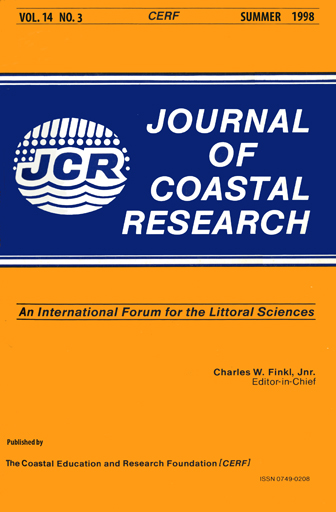Historical Development of the Port Royal Mangrove Wetland, Jamaica
Keywords:
Mangroves, geomorphology, sea-level rise, JamaicaAbstract
Studies on the historical development of mangrove wetlands are rare in contrast to the vast array of information on the geological development of these systems. Historical development of the Port Royal mangal was investigated so as improve understanding of recent changes occurring in relation to the increasing threat of sea level rise to their existence. The historical development of the Port Royal mangal, Jamaica, began with the first documented spatial record for the area in 1692 and traced to 1991 using historical maps and aerial photographs. The mangrove system is a fringe mangrove community type, composed of primarily Rhizophora mangle L. located along the northern shore of the Palisadoes, which is a composite tombolo on the south coast of Jamaica. A general trend was determined for the morphology of the mangal which showed relative stability, displaying little significant variation in its areal extent over a period of 300 years. The horizontal extension by colonizing mangroves has not been significant, with forested areas being restricted to sharply defined geomorphological units, probably because of the response of the system to a combination of factors. These include: i. a small tidal range; ii. geomorphology of the system; iii. a lack of large sediment inputs and iv. episodic events such as hurricanes. This stability of the Port Royal mangrove system is atypical of the understanding of development of these wetlands, which has been accepted to be a constant state of migration or movement. The stable trend of this mangrove system has implications with regard to its response to occurrences such as sea-level rise. Coastal wetlands of this type will probably experience complete collapse when sea levels begin to rise.


